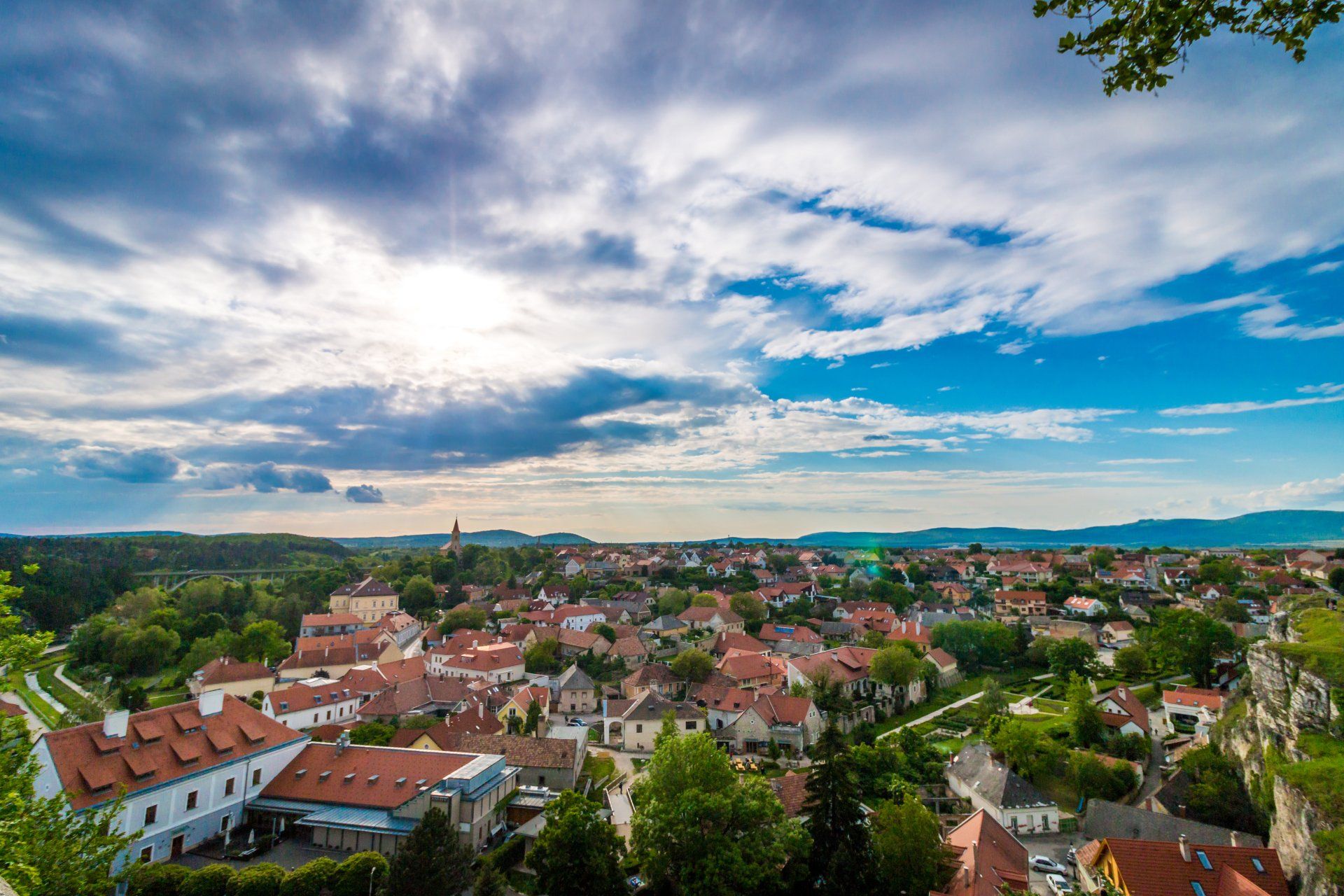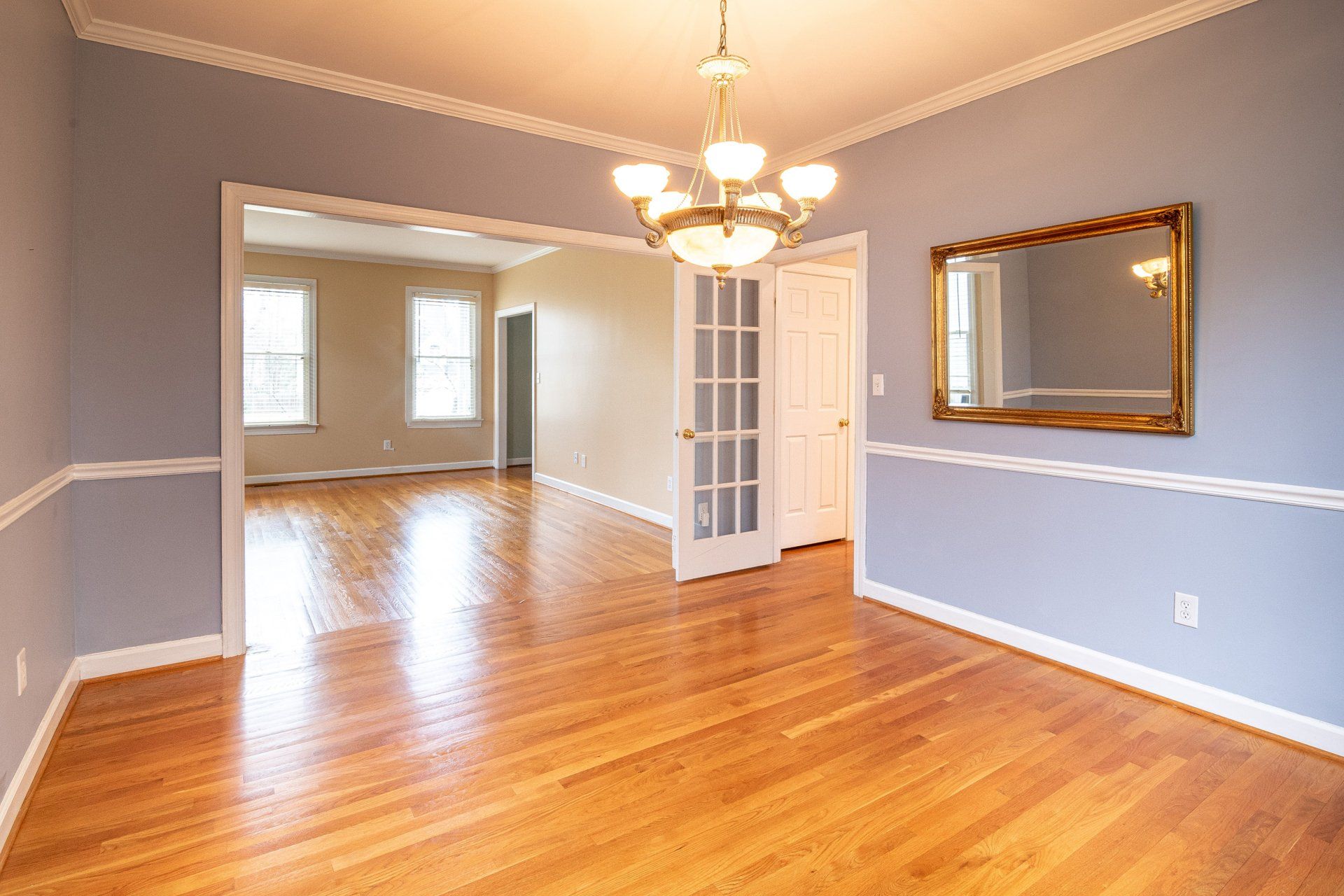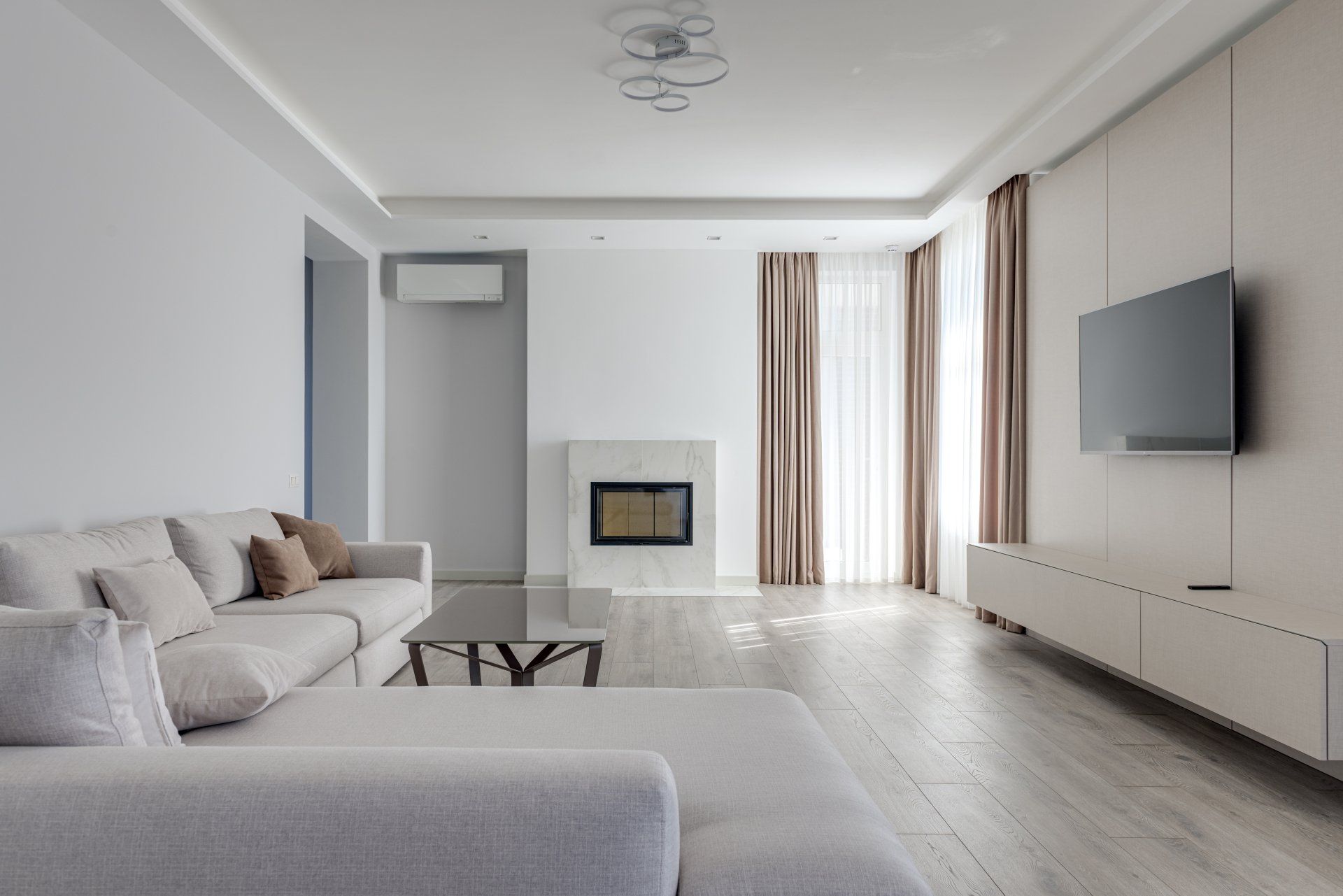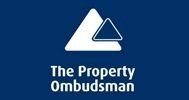Is Milton Keynes A good Area to Invest in?
AG Estate Agents • December 9, 2020
Choosing an area to invest in property can be daunting, challenging and confusing especially after digesting the various information you read and see online. In this blog we aim to simplify a lot of the information and give you some of the key reasons as to why buying property in Milton Keynes could prove to be an excellent investment.
First some background:
Milton Keynes was designated as a new town in the 1960’s when the UK Government decided that a further generation of new towns in the south east of England was needed to relieve housing congestion in London. The site was chosen specifically as it is equidistant from London, Birmingham, Leicester, Oxford and Cambridge. With the intention that it would become a major regional centre and be self-sustaining.
At the 2011 census the population of the Milton Keynes urban area, including Newport Pagnell and Woburn Sands, was 229,941 and the wider borough was 248,800, an increase in population of around 195,000 since 1961. According to Community Action MK, by mid-2015 the population was estimated at around 260,000. The Cities Outlook Report 2015 states, by Centre of Cities, Milton Keynes was the fastest growing city in the UK by population with an annual growth rate of 1.6%.
Why is Milton Keynes a good area to invest?
1) Fantastic Transport Links:
ROAD:
Milton Keynes is conveniently located close to major motorways and A rounds, such as, the M1, A5 & the A1, allowing commuters easy access to a number of nearby cities and towns such as Northampton, Coventry, Leicester, Birmingham, Luton and of course, London.
Furthermore, Milton Keynes Central Train Station offers a brilliant commute to London Euston in just 36 minutes.
AIR:
The nearest international airport is Luton Airport accessible by coach from MK Central Station. There is also a direct rail connection to Birmingham International Station for Birmingham Airport.
BUS:
Many long-distance coaches stop at Milton Keynes Coachway located besides the M1 at junction 14 of the M1.
2) Wide Open Green Spaces:
The planning phase of the town was ambitious and imagined a “forest city” and that vision was realised by planting a staggering 22 million trees and shrubs. Two fifths of Milton Keynes is open space with over 6,000 acres of parkland, rivers, lakes and woodland. The town is the perfect destination for days out enjoying water sports, archery, fishing, walking or horse riding with over 100 miles of pathways and bridleways in Milton Keynes.
3) Economy and Employment:
Rating company Experian, describe Milton Keynes as one of the leaders in a prospective economic recovery in November 2012. The Estates Gazette also placed Milton Keynes number one for office property growth outside the M25.
Milton Keynes excellent geographical location means it is home to several national and international companies, including the UK headquarters of Argos, Domino’s Pizza, Marshal Amplification, Mercedez Benz, Suzuki, Volkswagen, Audi Group, Rightmove and several others. There also huge distribution centres for major companies within Milton Keynes. John Lewis, AG Barr & Amazon to name a few.
Milton Keynes is also the number one location for start ups outside London and within the top ten for new patents registered.
The average salary in Milton Keynes is £31,022 per year. The most prominent industry of employment is distribution, retail, hotels and restaurants.
According to Adzuna, salaries in Milton Keynes have increased 6.9% year on year while the national annual change is 2.4%.
Milton Keynes has reasonably good employment rates with 74% of people who live in the region are in paid employment. A higher than average 48% of people work normal full-time hours of between 35 – 45 hour per week.
4) Investment
A 15-year partnership began in 2015. Recent large-scale buildings include The Pinnacle MK on Midsummer Boulevard and the Vizion development on Avebury Boulevard. The Network Rail National Centre has been built in Silbury Boulevard; this building occupies a large land area but only rises to the equivalent of six stories; a return towards the design of the original central Milton Keynes developments.
RegenerationMK is the Council’s programme that is focussing on providing the neighbourhoods with improved housing, public space and supporting and empowering communities through increased skills and access to employment.
Milton Keynes has the go ahead for an impressive new retail and leisure development. The work at Intu Milton Keynes is part of a 1.5bn development pipeline in the UK over the next 10 years by Intu.
5) Housing Stock & Tenure:
There are 96,521 dwellings within Milton Keynes, 16.6% of properties are flats, with houses making up 83.4% of housing stock. 63.4% of households own their own homes while 17.5% live in privately rented accommodation.
In the last five year there have been 5180 new private homes built across the Local/Unitary Authority of Milton Keynes, an average of 1036 per year.
Overview:
According to the Hometrack report, Milton Keynes is one of the top ten locations where prices are rising the fastest and it shows no signs of slowing down in 2020. As development starts on one of the most significant projects in a decade, which includes a boutique cinema, dining area, public spaces and new retail locations, central Milton Keynes is the first step in a wave of regeneration.
Commercially, Milton Keynes is mostly recognised for its IT and innovation performance. With the third highest number of business start-ups per 10,000 of the UK population and strong economic performance, Milton Keynes is a key member of the Fast Growth Cities group that has resulted in nearly 20% of its workforce joining the knowledge sector. It’s these advancements that are contributing to Milton Keynes rapid rise – the city is expected to double its population to 500,000 by 2050.

Milton Keynes, located in Buckinghamshire, England, is a unique and vibrant town known for its innovative urban planning and contemporary lifestyle. Designed with a vision of creating a balanced environment for residents, Milton Keynes offers a host of advantages that make it an attractive place to live. However, like any location, it has its drawbacks as well. In this blog post, we will explore the pros and cons of living in Milton Keynes, helping you make an informed decision if you're considering this town as your future home. Pros of Living in Milton Keynes: 1. Modern Infrastructure and Planning: One of the biggest advantages of living in Milton Keynes is its meticulously planned infrastructure. The town boasts excellent road networks, efficient public transportation systems, and a network of pedestrian and cycling paths. This makes commuting within the town and traveling to nearby cities incredibly convenient, reducing the stress associated with transportation. 2. Green Spaces and Parks: Milton Keynes is renowned for its abundance of green spaces, parks, and lakes. The town is adorned with more than 20 million trees, offering a refreshing environment and ample opportunities for outdoor activities. Whether you enjoy cycling, jogging, or simply unwinding amidst nature, you'll find plenty of picturesque spots to explore. 3. Cultural and Entertainment Hub: Despite being a relatively young town, Milton Keynes offers a vibrant cultural scene. It boasts a range of art galleries, theatres, and live music venues, hosting a diverse array of performances throughout the year. The famous Milton Keynes Theatre is the largest outside of London, attracting renowned productions and world-class performers. Additionally, the town houses the National Bowl, a renowned open-air venue that has hosted some of the biggest music concerts and festivals. 4. Shopping and Dining: Milton Keynes is a shopper's paradise, offering a variety of shopping centres and retail parks, such as Centre:MK and intu Milton Keynes. These destinations house a wide range of high-street brands, independent boutiques, and eateries, catering to all tastes and preferences. Whether you're looking for fashionable clothing, household items, or delicious cuisine, you'll find an abundance of options in Milton Keynes. Cons of Living in Milton Keynes: 1. Lack of Historical Charm: As a new town, Milton Keynes lacks the historical charm found in some other British towns. If you're someone who appreciates centuries-old architecture and a rich heritage, you may find the town's modern aesthetics somewhat impersonal. 2. Limited Job Market: While Milton Keynes is home to several national and international corporations, such as Red Bull Racing and Santander, the job market can be relatively competitive, especially in certain sectors. Depending on your profession or industry, you may find it challenging to secure the job opportunities you desire within the town itself. 3. Traffic Congestion: Although Milton Keynes is known for its excellent infrastructure, it can still experience traffic congestion during peak hours. The town's popularity and rapid growth have resulted in increased traffic volumes, especially on major roads and roundabouts. It's important to consider commuting times and plan accordingly to avoid unnecessary delays. 4. Cost of Living: Like many desirable locations, the cost of living in Milton Keynes can be relatively high compared to surrounding areas. Housing prices can be steep, making it challenging for first-time buyers or individuals on a limited budget to find affordable housing options. Conclusion : In conclusion, Milton Keynes presents a distinctive blend of advantages and disadvantages for those considering it as their place of residence. The town's well-planned infrastructure, abundance of green spaces, and vibrant cultural scene undoubtedly make it an attractive destination. Commuters will appreciate the efficient transportation networks, while nature enthusiasts can indulge in the numerous parks and lakes. Additionally, the town's shopping and dining options cater to a wide range of tastes and preferences. However, it's important to acknowledge the limitations of living in Milton Keynes. The lack of historical charm may be a downside for individuals seeking a more traditional setting. Moreover, the competitive job market and traffic congestion during peak hours can pose challenges for some residents. Additionally, the relatively high cost of living, particularly in terms of housing prices, may be a deterrent for those on a tight budget. Ultimately, whether Milton Keynes is the right place for you to call home depends on your priorities and preferences. Consider the town's modern appeal, cultural offerings, and convenient amenities alongside the potential drawbacks. With careful consideration, you can make an informed decision that aligns with your lifestyle and aspirations.

Deciding to sell a property is a significant step that can bring about various emotions and challenges. Whether you're looking to upgrade, downsize, or simply need a change, selling your property requires careful planning and preparation. To help you navigate this complex process, we've outlined the crucial first steps you should take to ensure a successful sale. 1. Evaluate Your Property: Before diving into the selling process, it's essential to evaluate your property objectively. Take a step back and assess its current condition, considering both its strengths and weaknesses. Look for any repairs or renovations that may be necessary to enhance its appeal to potential buyers. This evaluation will give you a clear idea of the property's market value and help you set a realistic asking price. 2. Research the Property Market: Understanding the current state of the property market in your area is vital. Research recent sales, average property prices, and trends specific to your location. This information will provide you with valuable insights into the demand, competition, and pricing dynamics of your local market. You can consult estate agents, online databases, and local property listings to gather relevant data. 3. Find a Reputable Estate Agent: Partnering with a professional estate agent can make a significant difference in the success of your property sale. Seek recommendations, read reviews, and interview multiple agents to find one who specializes in your area and has a proven track record of successful sales. A reliable agent will guide you through the entire selling process, offer valuable advice, help set the right price, market your property effectively, and negotiate on your behalf. 4. Set a Realistic Asking Price: Determining the right price for your property is crucial for attracting potential buyers. Your estate agent will assess the market value of your property based on factors such as its location, size, condition, and recent sales in the area. While it's tempting to aim for a higher price, setting a realistic and competitive asking price will attract more interest and help you sell your property faster. 5. Prepare Your Property for Sale: First impressions matter, especially when it comes to selling property. Take the time to make your home presentable and appealing to potential buyers. Declutter, deep clean, and consider staging your property to showcase its full potential. Address any necessary repairs, touch-ups, or improvements to enhance its overall appearance. Pay particular attention to the curb appeal as it creates the first impression for potential buyers. 6. Gather and Organize Documentation: To streamline the selling process, gather and organize all the necessary documentation related to your property. This includes property deeds, title deeds, mortgage information, warranties, permits, and any other relevant paperwork. Having these documents readily available will help facilitate the transaction and provide transparency to potential buyers. 7. Develop a Marketing Strategy: Effective marketing is essential for attracting potential buyers and maximizing the visibility of your property. Collaborate with your estate agent to create a comprehensive marketing strategy that utilizes online platforms, social media, professional photography, virtual tours, and traditional advertising methods. By reaching a wide audience, you increase the chances of finding the right buyer for your property. Conclusion: Selling a property can be a complex and overwhelming process, but you don't have to navigate it alone. By partnering with a reputable estate agent, you can unlock the full potential of your property sale. An experienced agent will provide valuable insights, expert guidance, and a tailored marketing strategy to attract the right buyers and secure a successful sale. With their knowledge of the local market and extensive network, a professional agent will ensure your property receives the exposure it deserves. From setting a competitive asking price to preparing your property for showings, they will handle the intricacies of the selling process, allowing you to focus on other important aspects of your life. So, if you're ready to embark on this exciting journey of selling your property, reach out to us, your trusted estate agent. Our team of dedicated professionals is committed to delivering exceptional service, personalized attention, and outstanding results. Let us help you make a smooth transition to the next chapter of your life. Contact us today, and together we'll turn your property into a desirable and sought-after listing.

Introduction: Welcome to Milton Keynes, a vibrant town in Buckinghamshire, England, renowned for its modern architecture, innovative design, and sustainable living. With its strategic location, excellent infrastructure, and abundant employment opportunities, Milton Keynes has become an attractive destination for property investors and homeowners alike. In this blog, we will explore the evolving Milton Keynes property market, highlighting its key features, growth factors, and the opportunities it presents for prospective buyers and investors. 1. Rising Property Prices: Over the past decade, Milton Keynes has witnessed a steady increase in property prices, making it one of the fastest-growing property markets in the UK. The demand for housing, combined with limited supply, has resulted in a surge in property values. However, compared to nearby cities like London, the average property prices in Milton Keynes remain relatively affordable, making it an enticing option for first-time buyers and investors looking for value for their money. 2. Infrastructure and Connectivity: Milton Keynes is renowned for its excellent infrastructure and connectivity, providing residents with easy access to major cities and transportation hubs. The town boasts exceptional road and rail links, with direct train services to London Euston taking just over 30 minutes. Moreover, its close proximity to major airports, such as Luton and Birmingham, further enhances its accessibility and attractiveness to both domestic and international investors. 3. Employment Opportunities: One of the key factors driving the growth of the Milton Keynes property market is the abundance of employment opportunities. The town is home to numerous large corporations, including leading automotive, technology, and logistics companies. The presence of these industries has led to a strong job market and steady population growth, attracting young professionals and families seeking career advancement and a high standard of living. 4. Sustainable Living and Urban Design: Milton Keynes stands out for its unique urban planning and sustainable living initiatives. The town was designed with careful consideration for green spaces, pedestrian-friendly walkways, and an integrated transportation system. With numerous parks, lakes, and nature reserves, Milton Keynes offers residents a balance between urban convenience and natural beauty. This emphasis on sustainable living makes it an appealing choice for those seeking a greener lifestyle and a healthy environment for their families. 5. Development and Regeneration Projects: To accommodate the growing demand for housing, Milton Keynes has seen significant development and regeneration projects in recent years. The introduction of new residential areas, mixed-use developments, and urban renewal schemes has expanded the housing options available to buyers and investors. These initiatives not only provide a range of property types but also contribute to the overall improvement of the town's infrastructure and amenities. 6. Rental Market Potential: For investors looking to enter the buy-to-let market, Milton Keynes offers promising prospects. The high demand for rental properties, driven by a growing population and a thriving job market, presents opportunities for rental income and capital appreciation. Additionally, the presence of the Open University and Cranfield University attracts many students, further fuelling the demand for rental properties in the area. Conclusion: The Milton Keynes property market continues to thrive, fuelled by its exceptional infrastructure, strong employment opportunities, and commitment to sustainable living. Whether you're a first-time buyer, a property investor, or someone seeking a modern and vibrant place to call home, Milton Keynes offers a range of options to suit your needs. With its rising property prices and potential for growth, now is an opportune time to explore the property market in this dynamic and evolving city.


